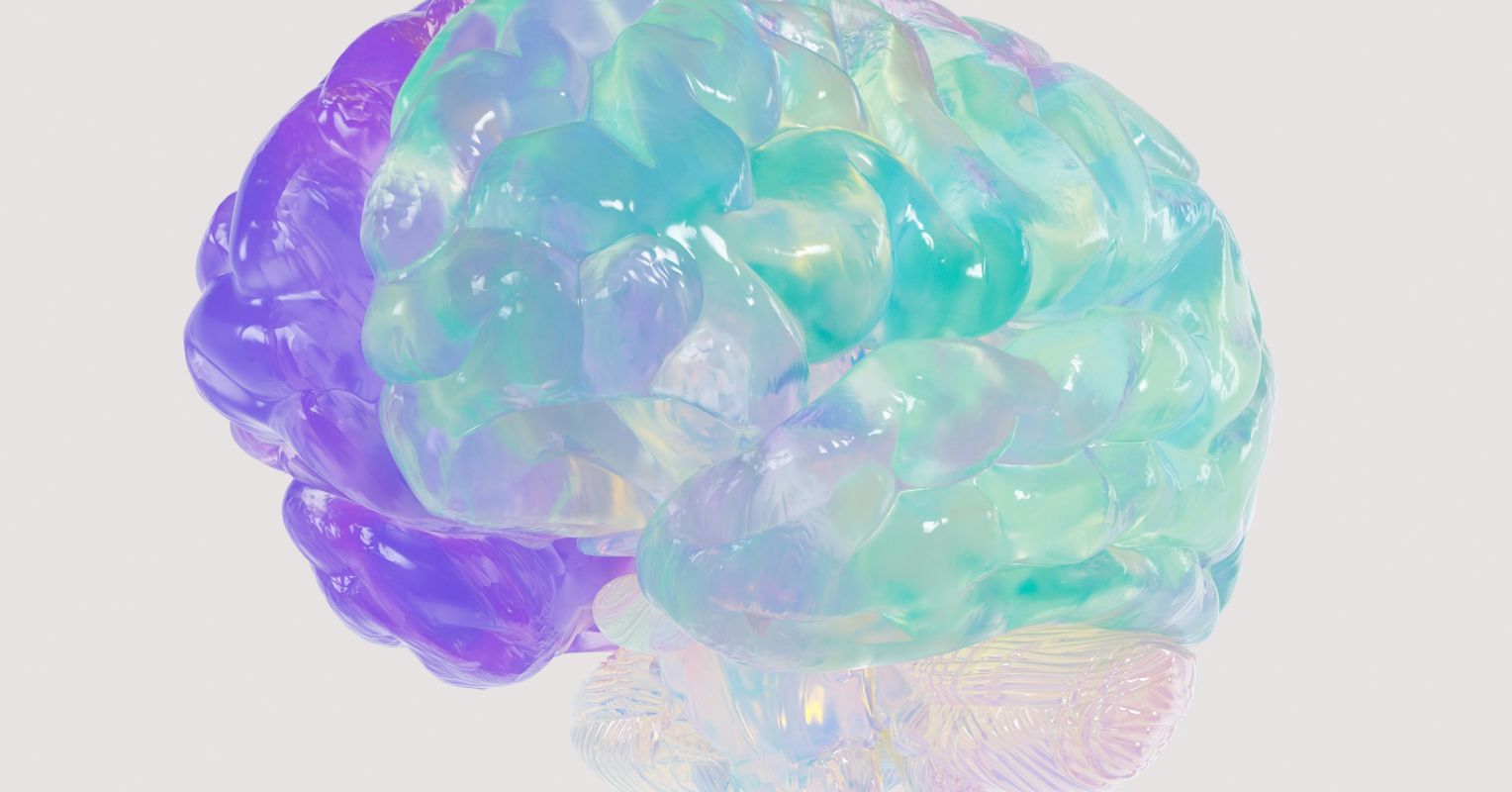
"Microplastics have become an unavoidable part of our daily life, embedded in packaging and clothing, and found in our oceans, in the air we breathe, and in the water we drink. But in recent years, scientists and clinicians started exploring a new question: Could these invisible fragments also be making their way into our brains, and if so, what might that mean for our mental health?"
"During the early pandemic, when my usual routines stalled, I started preparing all of my own meals at home and going on hikes for fun. I noticed how much plastic piled up as trash in my kitchen or as litter on the hiking trails. That made the issue personal, and I spent three years changing my own habits to be low-plastic. I also took a class on plastics, where I learned about medical studies showing health impacts."
Microplastics are pervasive in packaging, clothing, oceans, air, and drinking water. Scientists and clinicians are investigating whether microplastics can reach the human brain and affect mental health. Clinical observations of household and trail plastic accumulation prompted behavior changes and study of health impacts. Medical reports documented microplastics in human blood in 2022 and in human brain tissue by late 2024. Research into exposure pathways, biological penetration, and neuropsychiatric consequences is accelerating, and gaps remain in understanding how microplastic exposures influence brain function and mental well-being.
Read at Psychology Today
Unable to calculate read time
Collection
[
|
...
]